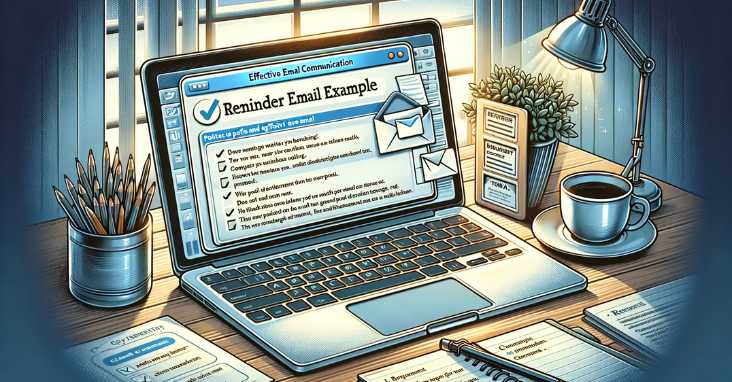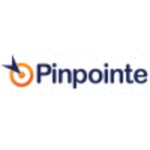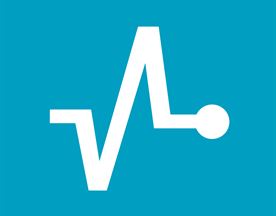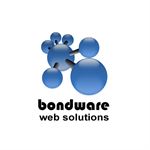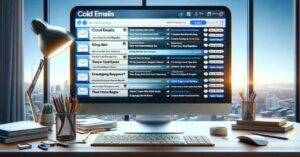How to write a polite and effective reminder email example? To write a polite and effective reminder email, start with a friendly greeting. Clearly state the purpose of your email. Be concise and direct, mentioning specific details like deadlines or meeting dates.
Use a courteous tone throughout and end with a cordial closing, thanking the recipient for their attention.
Reminder emails are an essential part of modern communication, especially in the business world. They are used to prompt people to take action on a task or follow up on a meeting or appointment. A well-crafted reminder email can help ensure that important deadlines are met and that everyone is on the same page.
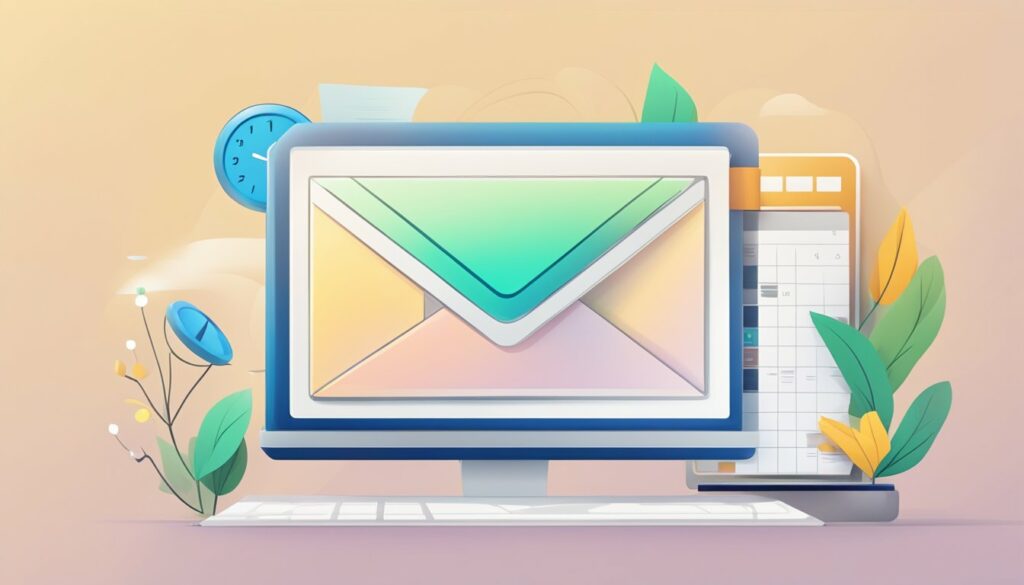
The basics of reminder emails include crafting a clear subject line, structuring the email content effectively, and using an appropriate tone and etiquette. Crafting a subject line that clearly communicates the purpose of the email is crucial to ensure that the recipient opens it. The email content should be structured in a way that is easy to read and understand, with the most important information at the beginning. Using an appropriate tone and etiquette is also important to ensure that the recipient feels respected and valued.
Key Takeaways:
- Reminder emails are an essential part of modern communication, especially in the business world.
- Crafting a clear subject line, structuring the email content effectively, and using an appropriate tone and etiquette are important basics to keep in mind.
- Using templates, best practices, and advanced techniques can help ensure that your reminder emails are effective and well-received.
Basics of Reminder Emails

Definition and Purpose
A reminder email is a message sent to someone to prompt them about an upcoming event, deadline, or task. The purpose of a reminder email is to ensure that the recipient is aware of the upcoming event or deadline and to encourage them to take action if necessary. Reminder emails are an effective way to keep people on track and avoid missed opportunities or deadlines.
Types of Reminder Emails
There are several types of reminder emails, including:
- Gentle reminder email: A polite message sent to remind someone about something without being too forceful or pushy.
- Payment reminder: A message sent to remind someone about an outstanding payment or invoice.
- Event reminder email: A message sent to remind someone about an upcoming event or meeting.
- Meeting reminder email: A message sent to remind participants about a scheduled meeting.
- Appointment reminder email: A message sent to remind someone about a scheduled appointment.
- Deadline reminder email: A message sent to remind someone about an upcoming deadline.
- Follow-up reminder email: A message sent to follow up on a previous email or conversation.
- Overdue payment reminder email: A message sent to remind someone about a payment that is past due.
- Webinar reminder email: A message sent to remind someone about an upcoming webinar or online event.
- Launch reminder email: A message sent to remind someone about a product or service launch.
Each type of reminder email serves a specific purpose and should be crafted accordingly. It’s important to keep the tone of the email professional and polite, while also providing all the necessary information to help the recipient take the appropriate action.
For more information on how to write effective reminder emails, check out this resource from Business Writing Blog.
Crafting the Subject Line
The subject line of a reminder email is crucial in grabbing the recipient’s attention and encouraging them to take action. A well-crafted subject line should be clear, concise, and convey a sense of urgency. In this section, we will explore the importance of clarity and creating urgency in the subject line.
Importance of Clarity
The subject line should clearly state the purpose of the email and what action is required of the recipient. It should be specific and avoid any ambiguity. For example, instead of using a generic subject line like “Reminder,” use a more specific subject line such as “Reminder: Submit Project Proposal by Friday, January 20th.”
Including the due date or deadline in the subject line can also help to emphasize the urgency of the email and encourage the recipient to take action. This provides a clear deadline and helps the recipient prioritize their tasks accordingly.
Creating Urgency
Creating a sense of urgency in the subject line can motivate the recipient to act quickly. Using action-oriented language such as “Don’t miss out” or “Last chance” can create a sense of urgency and encourage the recipient to take immediate action.
Using phrases such as “Response Required” or “Action Required” can also convey a sense of urgency and encourage the recipient to take action. However, it is important to use these phrases sparingly and only when necessary.
Including a call-to-action in the subject line can also encourage the recipient to take action. For example, using a subject line like “Confirm Your Attendance for the Networking Event” provides a clear call-to-action and encourages the recipient to respond.
For more tips on crafting effective subject lines for reminder emails, check out this resource.
Email Content Structure
When it comes to writing reminder emails, the structure of the email is just as important as the content itself. A well-structured email can help ensure that your message is clear and effective. In this section, we will discuss the key elements of a reminder email’s content structure.
Greeting and Salutation
The greeting and salutation are the first things the recipient sees in the email. Therefore, it is important to make a good first impression. A professional and polite greeting is essential. If you are addressing someone you do not know, it is best to use “Dear” followed by their title and last name, such as “Dear Mr. Smith” or “Dear Mrs. Johnson.” If you are addressing someone you know well, you can use their first name, such as “Hi John” or “Hello Sarah.”
Body of the Email
The body of the email is where you explain why you are sending the reminder email. Be concise and clear in your explanation. Use bullet points or numbered lists to make the email easier to read. If you are including any attachments, make sure to mention them in the body of the email. Be sure to include a call to action, such as “Please respond by Friday” or “Please let me know if you need any further information.”
Closing and Sign-Off
The closing and sign-off are the final parts of the email. It is important to end the email on a positive note. Use a polite closing such as “Best regards” or “Sincerely.” If you are addressing someone you know well, you can use a more informal closing such as “Take care” or “Cheers.” Be sure to include your name and contact information in the sign-off.
Overall, the structure of a reminder email is crucial to its effectiveness. By following these guidelines, you can create a professional and effective reminder email that will get results.
For more information on how to structure your reminder email, check out this article from the Business Writing Blog.
Tone and Etiquette
When crafting a polite reminder email, it is important to strike a balance between being professional and friendly. The right tone can encourage the recipient to respond promptly while maintaining a positive relationship. Here are some tips on how to achieve the right tone and etiquette.
Being Professional and Polite
To ensure that the email is professional, the language used should be formal and respectful. Avoid using slang or abbreviations, and use proper grammar and punctuation. Address the recipient by their title, such as “Dear Mr. Smith” or “Dear Dr. Johnson.” This shows that you respect their position and authority.
It’s also essential to be polite and courteous in your email. Use “please” and “thank you” where appropriate, and express gratitude for any help or assistance that the recipient can provide. Remember to keep the email brief and to the point, as everyone’s time is valuable.
Balancing Firmness and Courtesy
While it’s important to be polite, it’s also crucial to be firm in your reminder. Clearly state the purpose of the email and the action that you are requesting. Use a friendly but assertive tone to convey the importance of the matter. For example, “I would appreciate it if you could provide me with the requested information by the end of the week” is more effective than “Can you send me the information whenever you have a chance?”
When reminding a boss, it’s essential to be respectful while still conveying the urgency of the matter. Use a polite tone and express appreciation for their time, while still emphasizing the importance of the task. For example, “I understand that you are busy, but this task is critical to the success of the project. Could you please provide me with an update by the end of the day?”
Remember that email etiquette is crucial in maintaining positive relationships and effective communication. For more tips on email etiquette, check out this resource from the Business Writing Blog.
Timing and Frequency
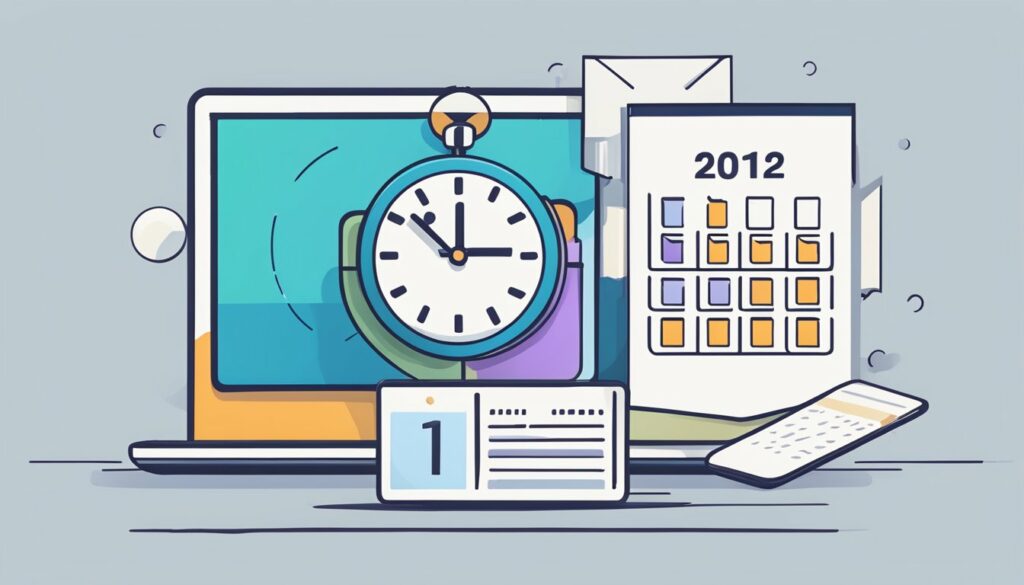
Ideal Timing for Sending
When it comes to sending reminder emails, timing is crucial. The ideal timing for sending a reminder email depends on the type of event or task that needs to be completed. For example, if the event is a conference, it’s recommended to send a reminder email a week before the event. If it’s a task that needs to be completed, it’s best to send a reminder email a few days before the deadline.
It’s important to note that sending a reminder email too early may cause the recipient to forget about the event or task, while sending it too late may not give them enough time to prepare. Therefore, it’s important to find the right balance and send the reminder email at the ideal timing.
Follow-Up Frequency
It’s also important to consider the frequency of follow-up emails. Sending too many reminder emails can be annoying and may result in the recipient ignoring them altogether. On the other hand, sending too few reminder emails may not be enough to prompt the recipient to take action.
The ideal frequency of follow-up emails depends on the urgency of the event or task. For example, if it’s a task that needs to be completed within a day, it’s recommended to send a follow-up email a few hours after the initial reminder email. If it’s a conference that’s a few weeks away, it’s best to send a follow-up email a few days before the event.
It’s important to strike a balance and not overwhelm the recipient with too many follow-up emails. A good rule of thumb is to send a maximum of three follow-up emails before considering other forms of communication.
Remember that communication is key, and a lapsed communication can result in missed opportunities. Therefore, it’s important to choose the ideal timing and frequency for sending reminder emails to ensure that the recipient takes action.
For more information on sending reminder emails, check out this resource with best practices and examples.
Email Examples and Templates
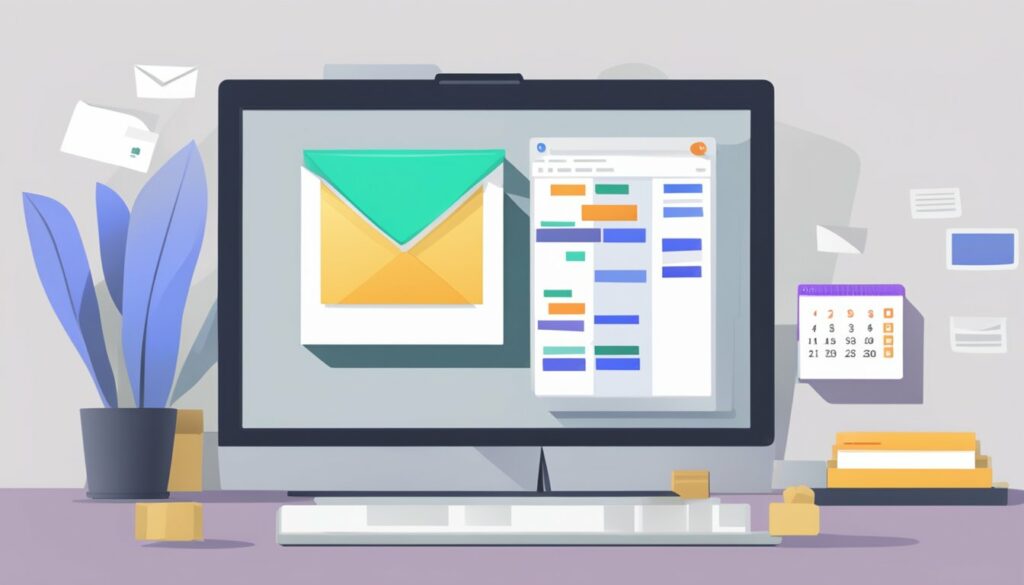
When it comes to sending reminder emails, having a well-crafted message can make all the difference. Here are some examples and templates to help get you started:
Payment Reminder Examples
Sending payment reminders can be a delicate matter. It’s important to strike the right tone to avoid coming across as pushy or rude. Here are a few examples of payment reminder emails:
- First Reminder: A friendly reminder that payment is due soon, with a link to the payment portal.
- Second Reminder: A slightly more urgent reminder that payment is now overdue, and a request to contact the billing department if there are any issues.
- Final Reminder: A final notice that payment is now significantly overdue and that legal action may be taken if payment is not received soon.
For more payment reminder email templates, check out this resource.
Meeting and Event Reminder Samples
Sending reminders for meetings and events can help ensure that everyone is on the same page and that attendance is maximized. Here are some sample meeting and event reminder emails:
- Initial Reminder: A friendly reminder of the upcoming meeting or event, along with any important details or agenda items.
- Mid-Week Reminder: A mid-week reminder to confirm attendance and remind attendees of any last-minute details.
- Final Reminder: A final reminder the day before the meeting or event, with any last-minute updates or changes.
For more meeting and event reminder email templates, check out this resource.
Follow-Up and Deadline Reminder Templates
Following up with clients or colleagues can sometimes slip through the cracks, but it’s important to stay on top of deadlines and commitments. Here are some follow-up and deadline reminder email templates:
- Initial Follow-Up: A friendly follow-up email to touch base and see if there are any updates or next steps.
- Mid-Project Reminder: A reminder email to check in on progress and ensure that everything is on track.
- Final Reminder: A final reminder that a deadline is approaching or has passed, and a request for an update or completion.
For more follow-up and deadline reminder email templates, check out this resource.
Overall, crafting effective reminder emails can help ensure that important tasks and deadlines are not forgotten. By using these templates and examples as a starting point, you can create professional and effective reminder emails that get results.
Best Practices for Reminder Emails
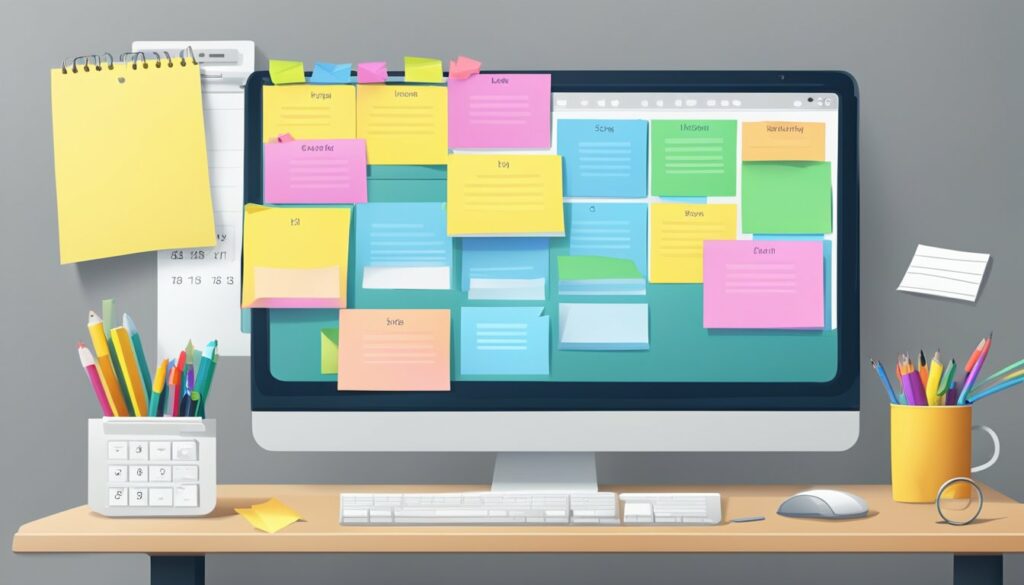
When it comes to sending reminder emails, there are certain best practices that can help ensure a successful outcome. Here are some tips to keep in mind:
Clear Call to Action
The most important aspect of a reminder email is the call to action (CTA). This should be prominently displayed and clearly communicated to the recipient. Use action-oriented language and make it easy for the recipient to take the desired action. For example, if the CTA is to register for an event, include a direct link to the registration page.
Personalization and Engagement
Personalization is key to engaging the recipient and increasing the likelihood of a response. Use the recipient’s name and any relevant information to make the email feel more personal. Additionally, consider using engaging visuals, such as images or videos, to capture the recipient’s attention and keep them interested.
Monitoring and Improving Open Rates
To ensure that your reminder emails are effective, it’s important to monitor open rates and make any necessary adjustments. Use A/B testing to experiment with different subject lines, send times, and content to see what works best. Additionally, consider segmenting your email list and tailoring your reminders to specific groups to increase engagement.
Overall, by following these best practices, you can create successful reminder emails that drive action and engagement. For more tips and examples of effective reminder emails, check out this resource.
Special Scenarios
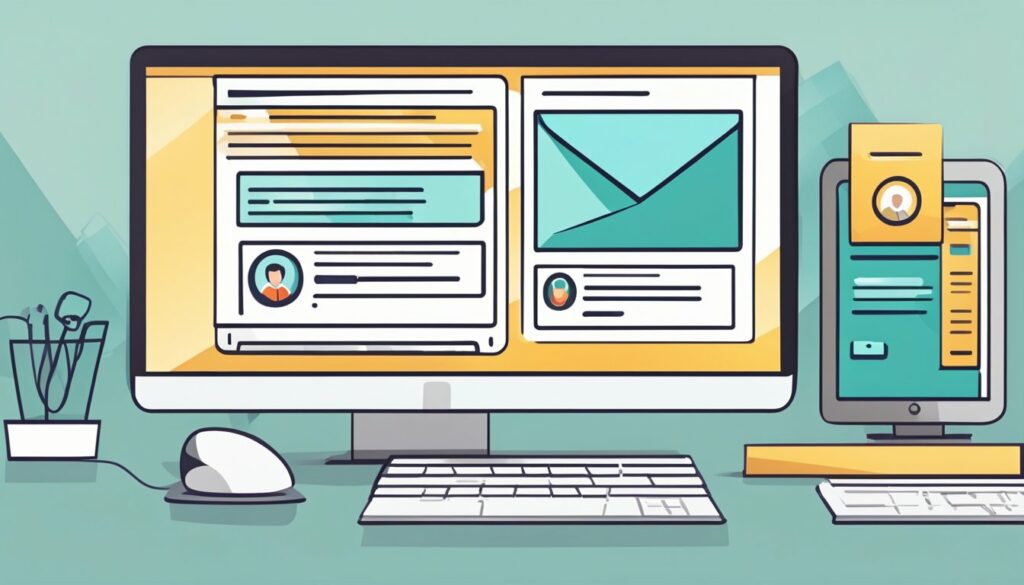
Handling Overdue Payments
When dealing with overdue payments, it is important to be firm but professional. The reminder email should clearly state the amount owed, the due date, and any late fees or penalties that may apply. It is also a good idea to include a clear payment deadline and instructions on how to make the payment.
To increase the chances of receiving payment, it may be helpful to offer a payment plan or alternative payment options. This can be included in the reminder email or provided as a separate document. It is important to follow up on any payment arrangements made and to keep track of all communication with the client.
Dealing with Missed Appointments
Missed appointments can be frustrating and disruptive, but it is important to handle them professionally. The reminder email should be polite but firm, reminding the client of the missed appointment and the importance of respecting everyone’s time.
It may be helpful to offer alternative appointment times or a reminder system to help avoid future missed appointments. It is important to follow up on any rescheduled appointments and to keep track of all communication with the client.
Cold Email Outreach Follow-Ups
When following up on a cold email outreach, it is important to be persistent but not pushy. The reminder email should be friendly and professional, reminding the recipient of the initial email and explaining why the follow-up is important.
It may be helpful to include additional information or resources that may be of interest to the recipient. It is important to keep track of all communication with the recipient and to follow up on any responses or actions taken.
For more information on crafting effective reminder emails, check out this article from Inc.com.
Advanced Techniques

Writing Gentle Reminder Emails
When it comes to writing gentle reminder emails, there are a few things to keep in mind. First, it’s important to be polite and respectful in your tone. Use phrases such as “just a friendly reminder” or “I wanted to touch base” to avoid sounding pushy or demanding.
Another key aspect of writing gentle reminder emails is to be specific and direct. Clearly state what action you are reminding the recipient about and include any relevant details or deadlines. This will help ensure that your message is not only polite, but also effective.
Finally, it’s a good idea to include a call to action in your gentle reminder email. This can be as simple as asking the recipient to confirm that they have received your message or to let you know when they plan to take the requested action.
Effective Follow-Up Strategies
Follow-up emails can be a powerful tool for ensuring that your message is received and acted upon. One effective strategy is to send a follow-up email a few days after your initial message. This can help ensure that your message doesn’t get lost in the recipient’s inbox and that they have had a chance to review your request.
Another effective follow-up strategy is to use a different communication channel. For example, if you initially sent an email, consider following up with a phone call or a message on social media. This can help ensure that your message is seen and that the recipient is aware of your request.
Overall, the key to effective follow-up is to be persistent without being pushy. By following up in a polite and respectful manner, you can increase the chances that your message will be received and acted upon.
For more information on how to write effective reminder and follow-up emails, check out this resource from the Business Writing Blog.
Frequently Asked Questions

How can someone politely remind another person to respond to an email?
When sending a reminder email, it is important to be polite and professional. A good approach is to start by thanking the recipient for their time and attention. Then, briefly mention the purpose of the email and ask if they had a chance to review it. If they haven’t responded yet, kindly ask if they could take a moment to reply. It is also helpful to include a deadline or timeframe for a response. Remember to avoid using language that may come across as pushy or demanding.
What are some key elements to include in a simple reminder email?
An effective reminder email should include the following key elements: a clear subject line that summarizes the purpose of the email, a brief introduction that reminds the recipient of the context and importance of the email, a polite request for a response or action, a deadline or timeframe for the response, and a closing statement that expresses gratitude and appreciation.
How can someone write an effective reminder email to a colleague?
When sending a reminder email to a colleague, it is important to maintain a professional and respectful tone. It is helpful to start by acknowledging their busy schedule and thanking them for their time. Then, briefly remind them of the context and importance of the email, and ask if they had a chance to review it. If they haven’t responded yet, kindly ask if they could take a moment to reply. Remember to be clear and concise, and avoid using language that may come across as pushy or demanding.
What is the proper way to send a gentle reminder to one’s boss?
When sending a reminder email to one’s boss, it is important to be respectful and professional. It is helpful to start by acknowledging their busy schedule and thanking them for their time. Then, briefly remind them of the context and importance of the email, and ask if they had a chance to review it. If they haven’t responded yet, kindly ask if they could take a moment to reply. Remember to be clear and concise, and avoid using language that may come across as pushy or demanding.
What steps should someone take to follow up with HR through a reminder email?
When following up with HR through a reminder email, it is important to be professional and respectful. It is helpful to start by thanking them for their time and attention. Then, briefly remind them of the context and importance of the email, and ask if they had a chance to review it. If they haven’t responded yet, kindly ask if they could provide an update or clarification. Remember to be clear and concise, and avoid using language that may come across as pushy or demanding.
How can someone compose a kind reminder email without sounding too pushy?
To compose a kind reminder email without sounding too pushy, it is important to be polite and professional. It is helpful to start by thanking the recipient for their time and attention. Then, briefly remind them of the context and importance of the email, and ask if they had a chance to review it. If they haven’t responded yet, kindly ask if they could take a moment to reply. Remember to be clear and concise, and avoid using language that may come across as pushy or demanding. It is also helpful to provide a deadline or timeframe for the response.
For more information on how to write effective reminder emails, please visit The Muse.
Compare hundreds of Email Marketing Software in our Software Marketplace

